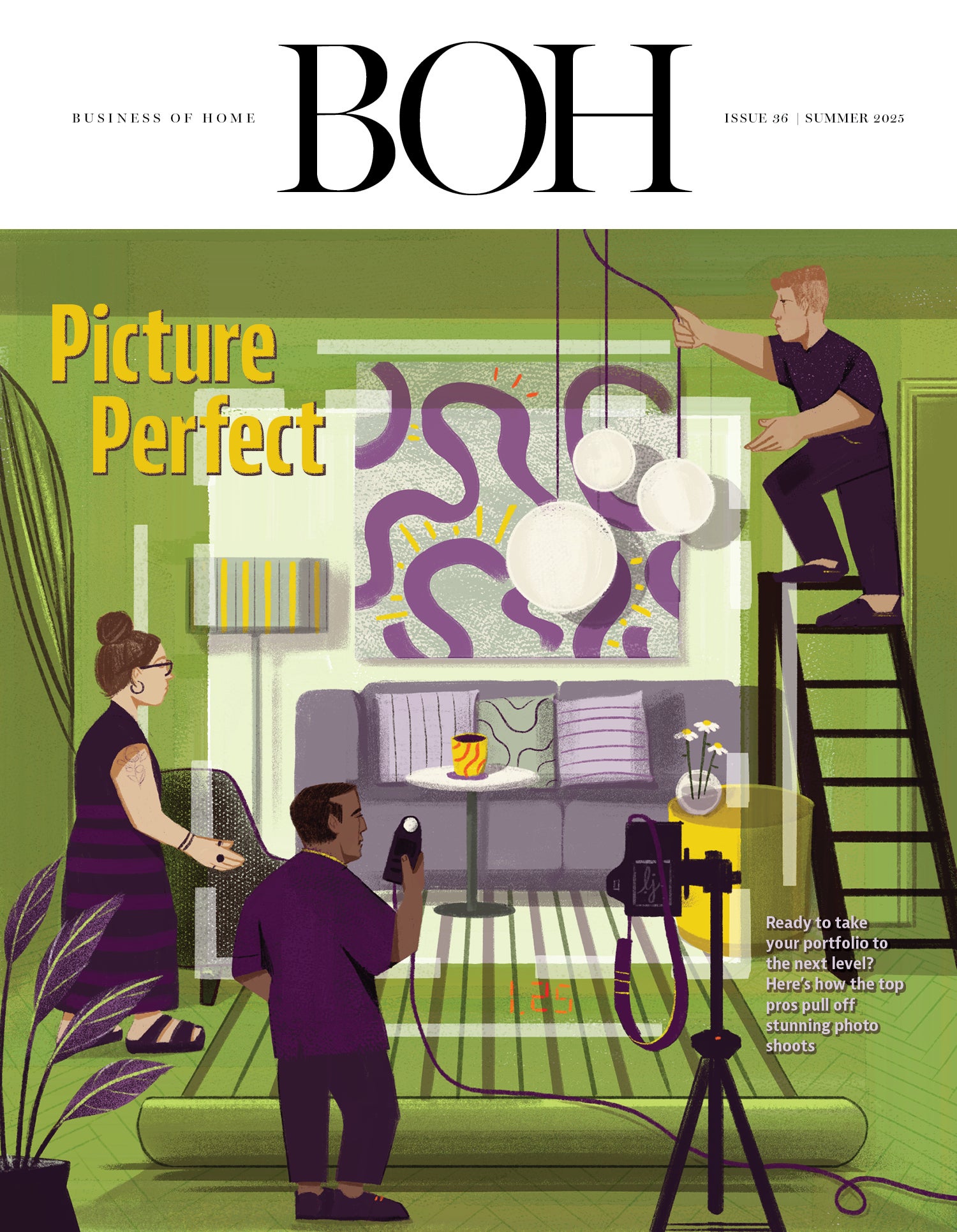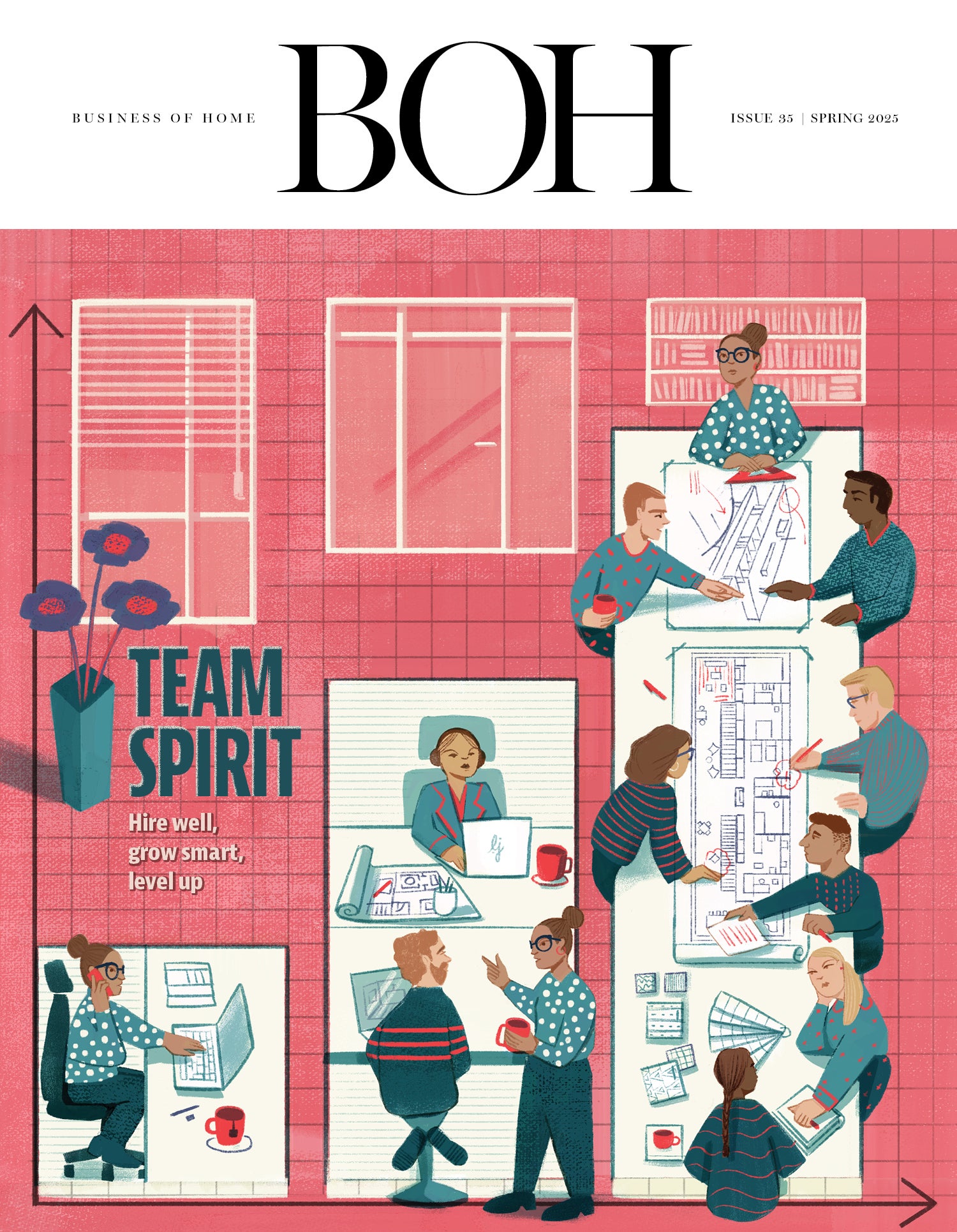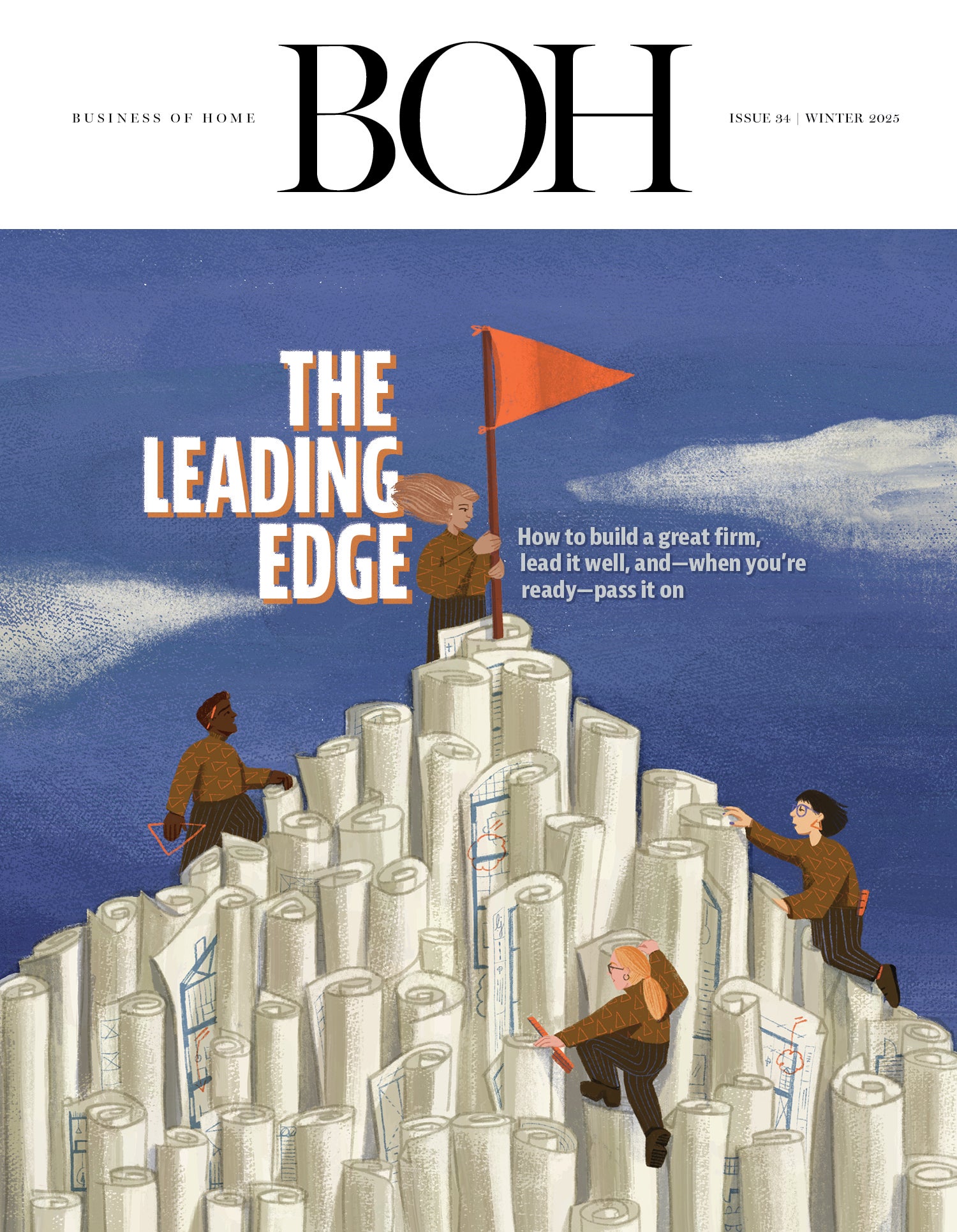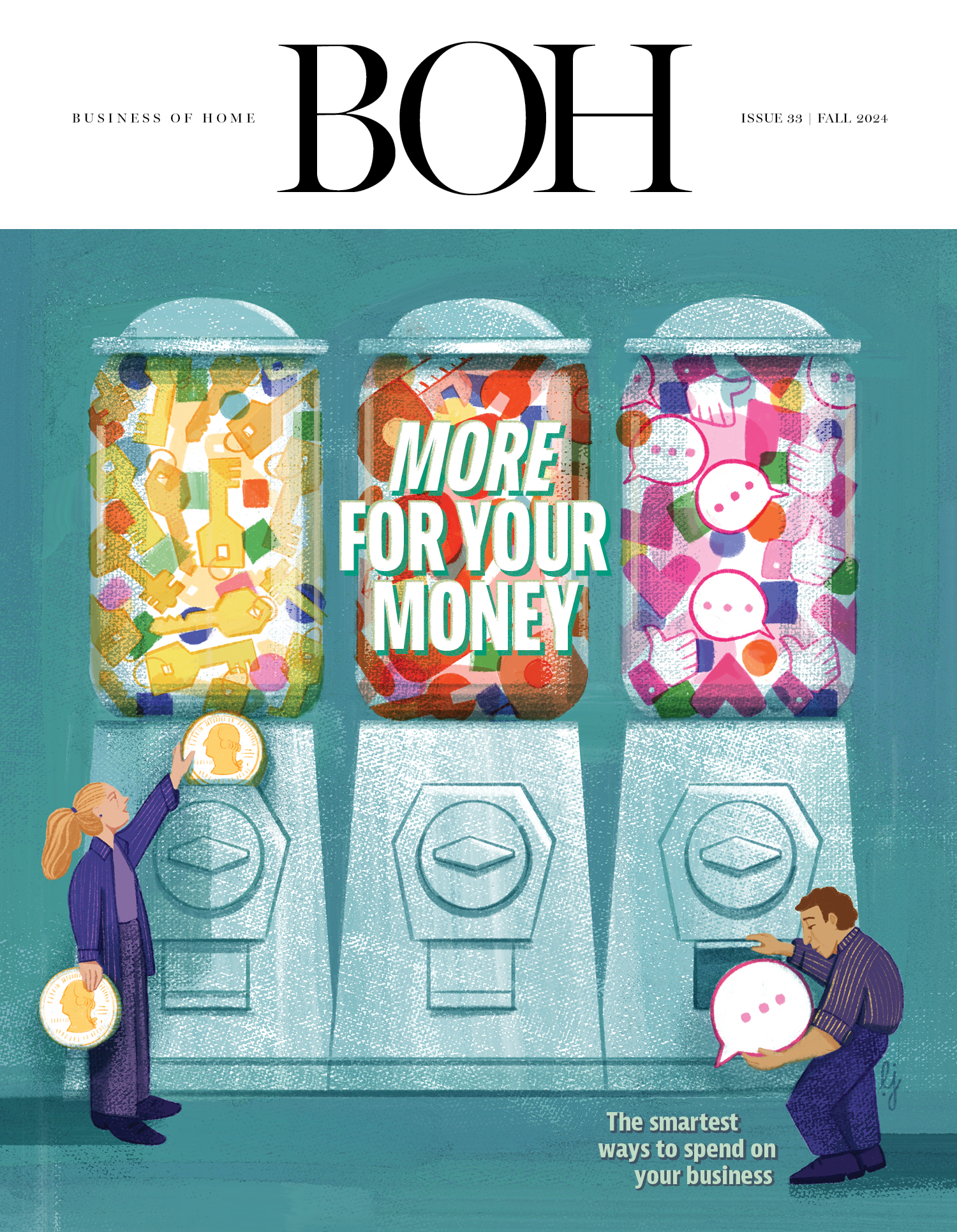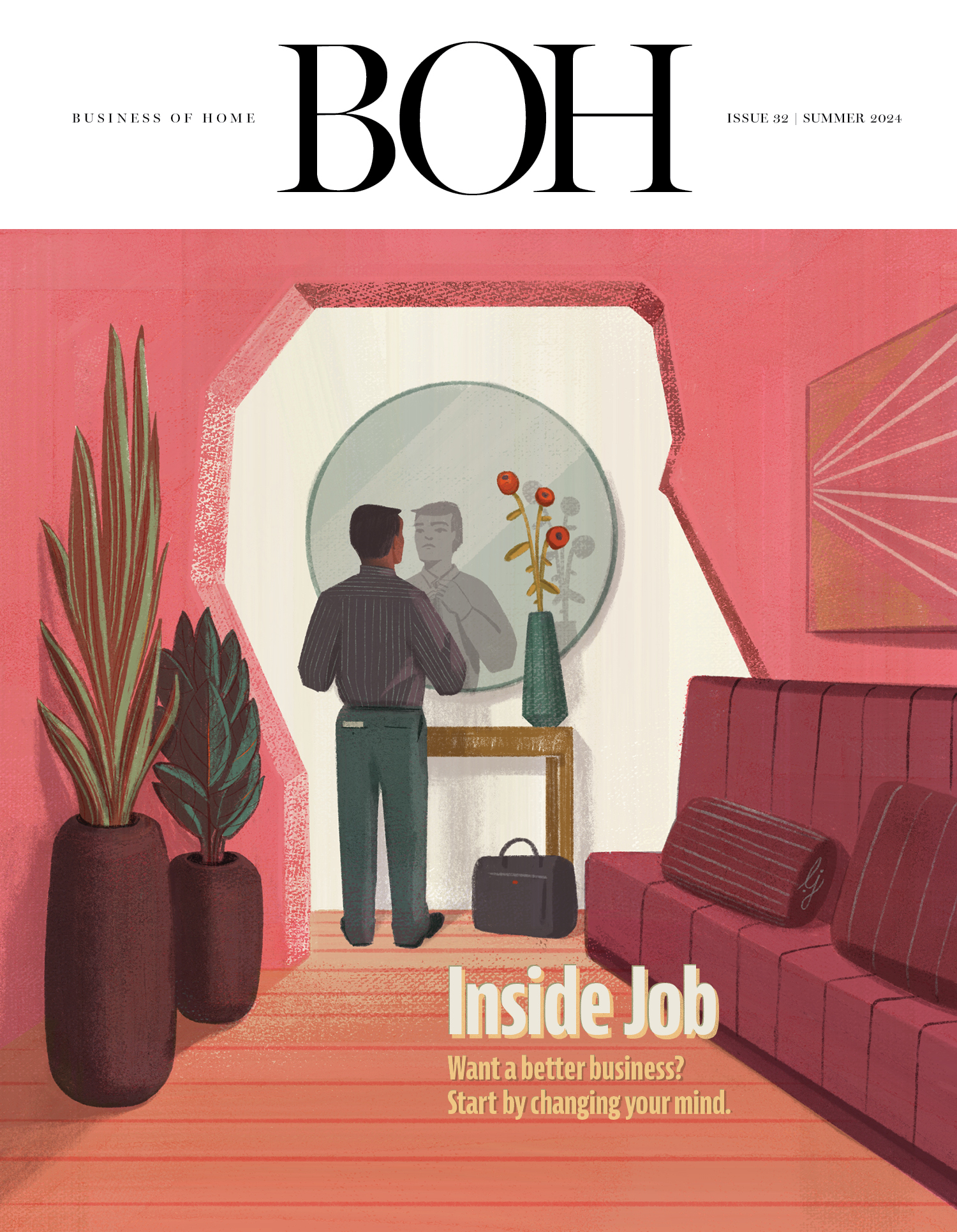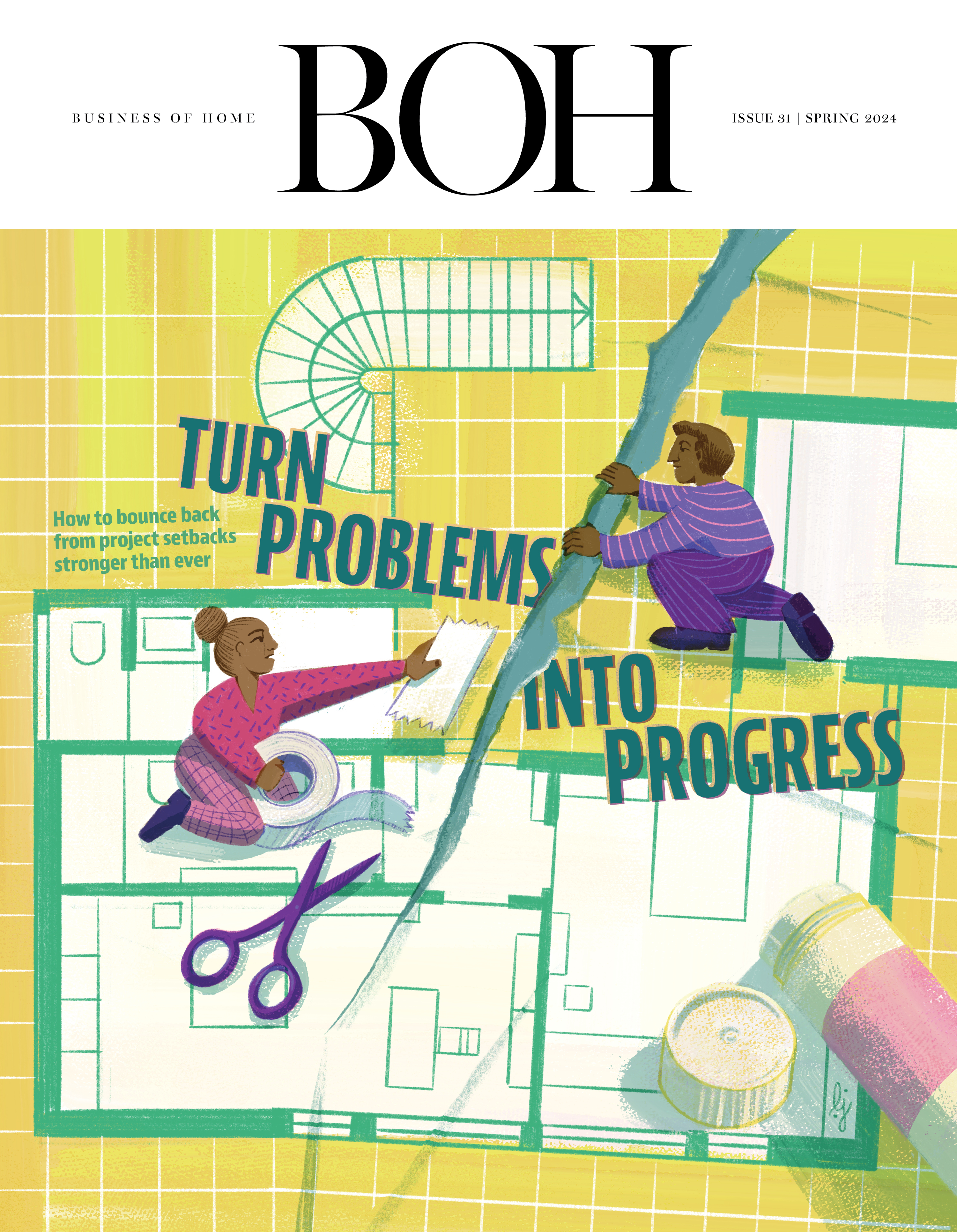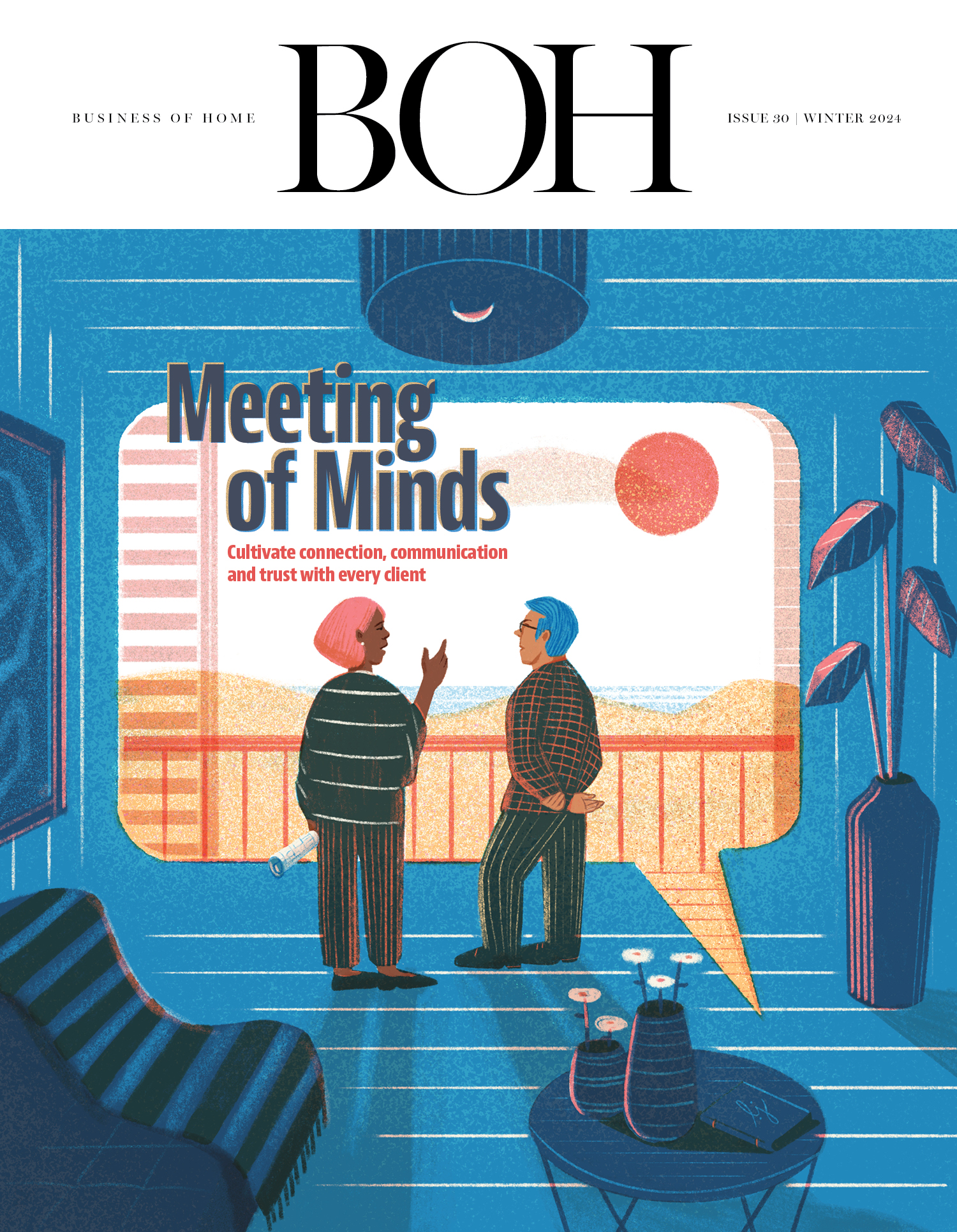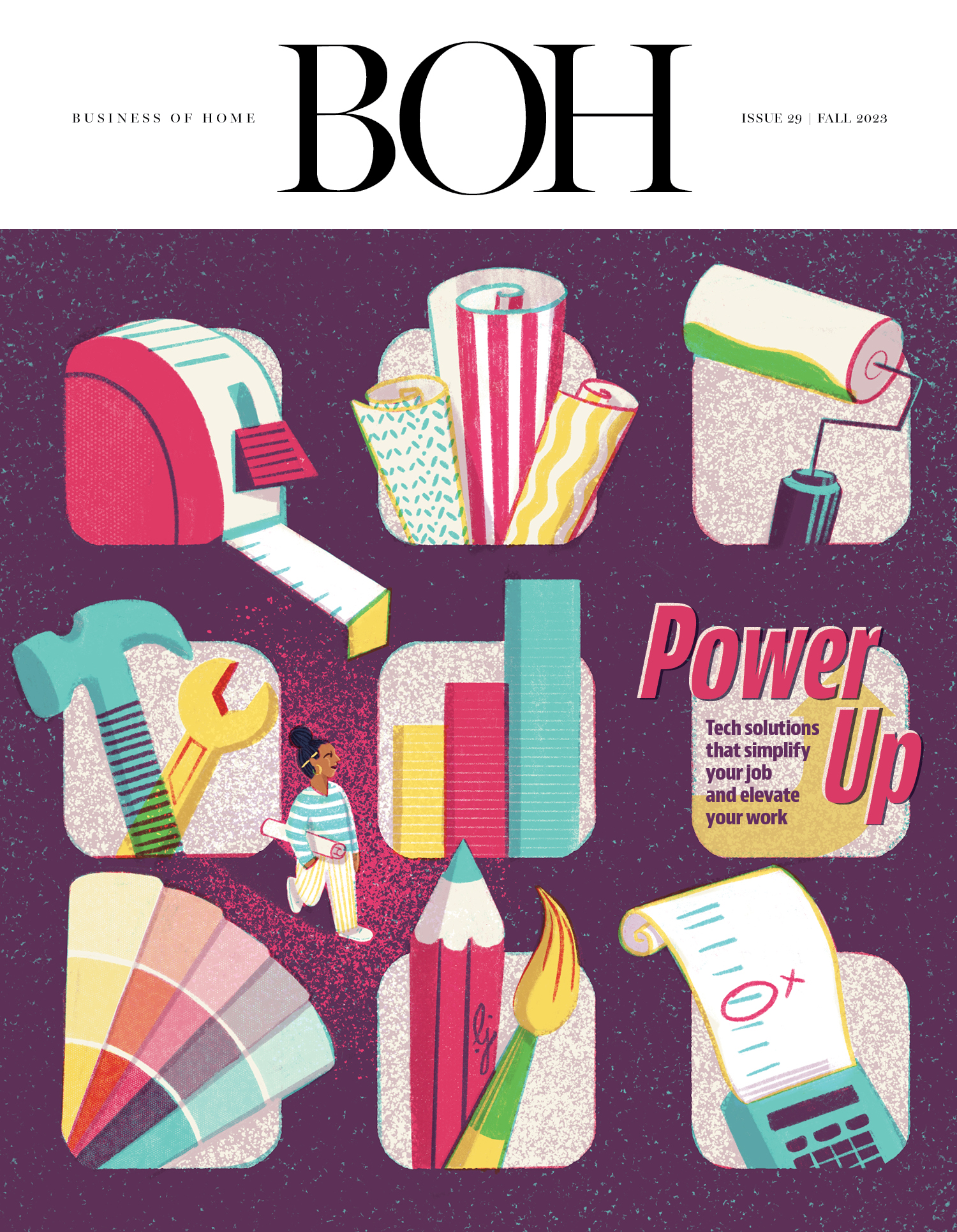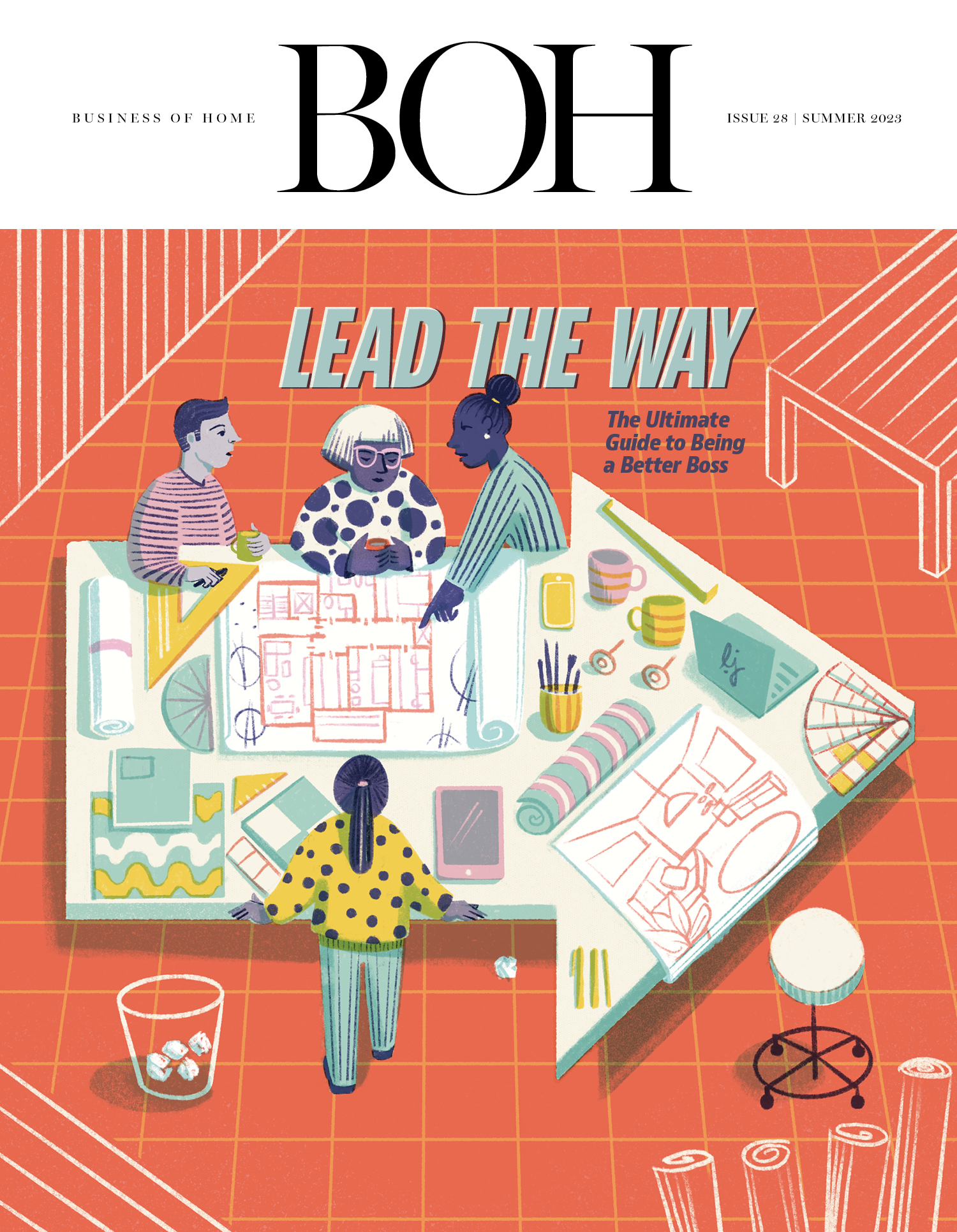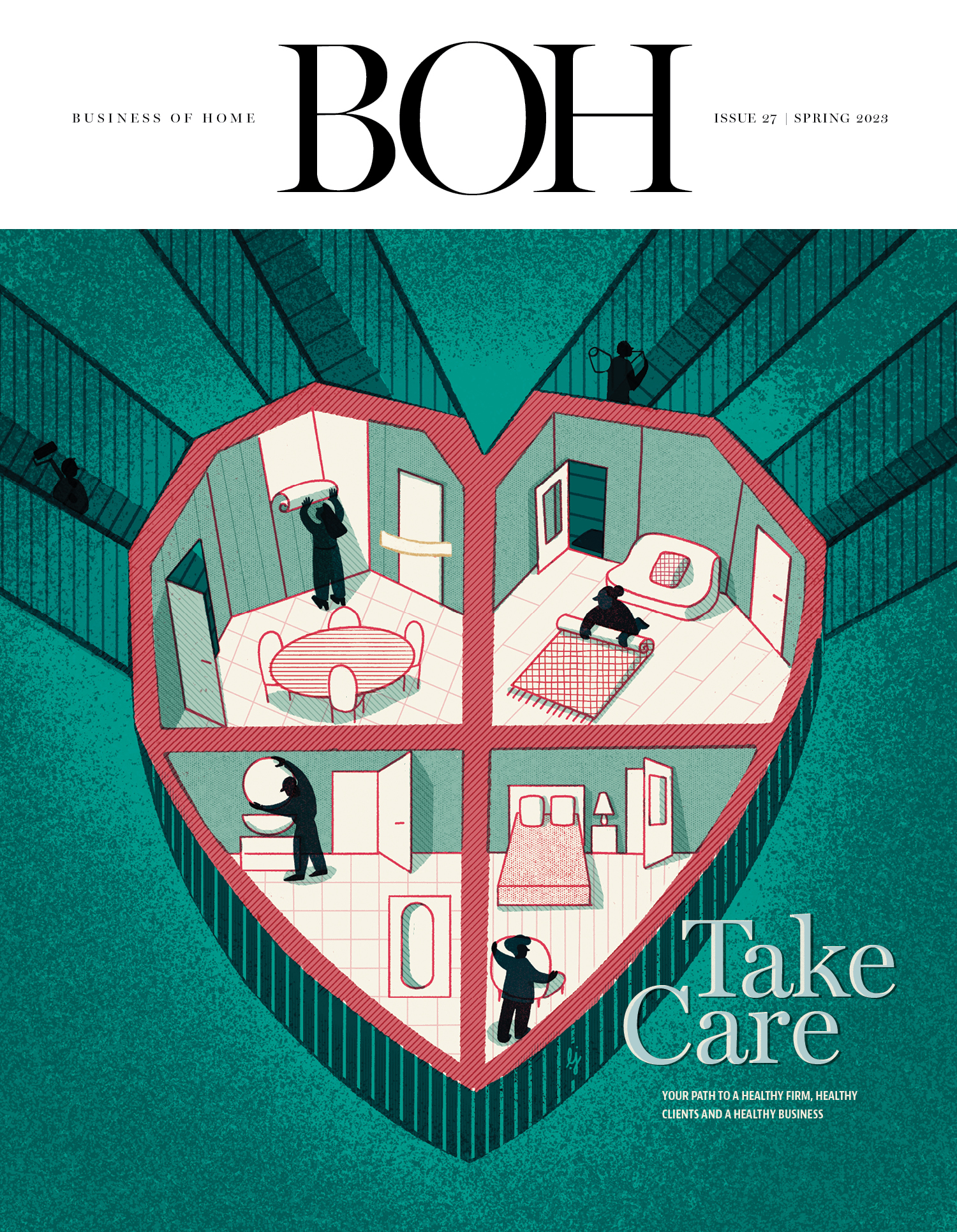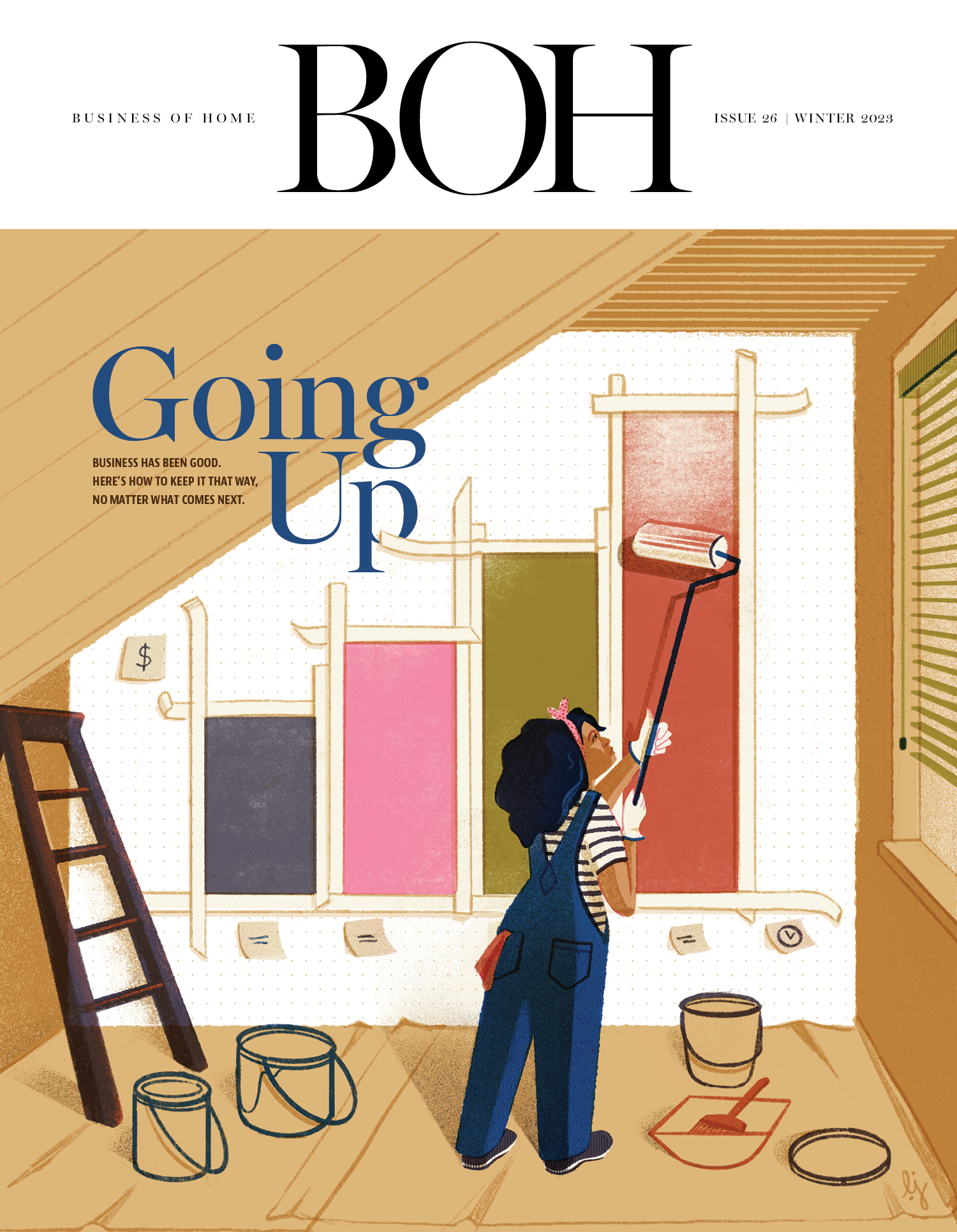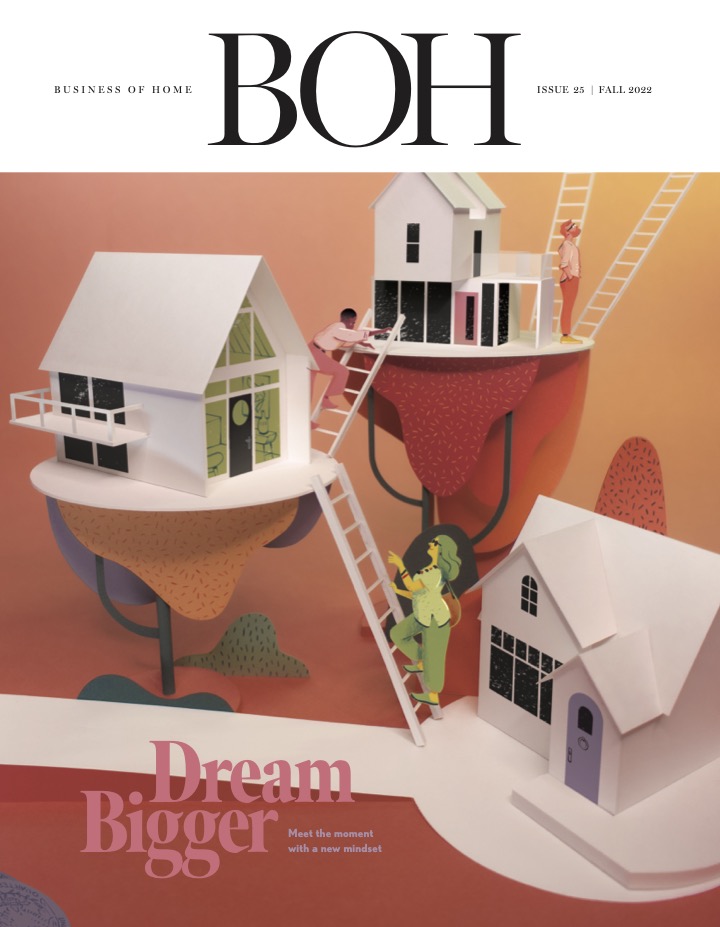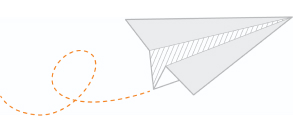On the Ask Us Anything podcast, editor in chief Kaitlin Petersen taps former Trade Tales guests to answer real, confidential designer questions, offering a safe space to discuss business challenges. Have a question of your own to ask? Send an email to start the conversation.
This week, Michael Hilal joins the show to answer a question from a designer who can’t shake her memories of the one that got away—that is, the project she poured her heart into designing, only to miss her window of opportunity to document the finished product. Now, she’s rethinking her entire approach to photography, and wondering how her strategy can better reflect an industry that prizes social media sharing and shelter magazine placements.
Hilal, whose eponymous design studio is based in San Francisco, shares advice on what a freshly updated portfolio tells prospective clients about a firm’s health, why devoting too much energy trying to keep pace with Instagram can actually lead to a stale portfolio, and how to approach photography with projects that evolve over time.
Crucial insight: Even if a designer takes a slower cadence to capturing projects (say, one photo shoot a year), Hilal explains that when assembling a top-notch photography team, the payoff can be manifold. “If you shoot a project that you feel good about, it’s not just you promoting these photos; it’s you, the publication, the stylist, the photographer—and the photographer then has influence over other design publications and blogs,” he says. “You also have to consider the items that are in there—whether it be art or furnishings, that’s all subsequent marketing material. So [the benefits of the photo shoot] spiderweb out to all of these other people [and brands] that have touched the project.”
Key quote: “Think about it in terms of your business: How is this going to add to my business? How is this going to add to my dialogue? Unless [you have] an endless amount of money and can shoot everything and shoot it well, I would focus on what photographs well and also expands the dialogue of [your] design language—screw the [social media] FOMO. I think [ultimately] if you put out less content, but it’s more developed, it stands out quite a bit more.”
This episode was sponsored by Four Hands and Crypton. If you like what you hear, subscribe on Apple Podcasts or Spotify.



